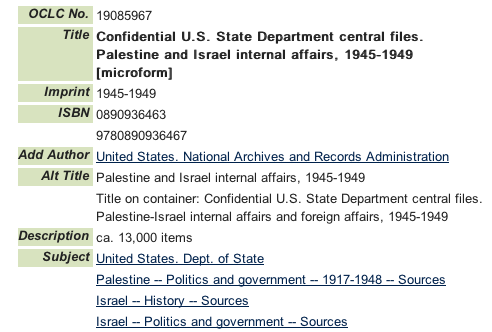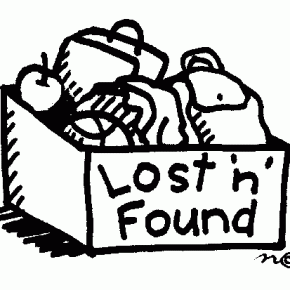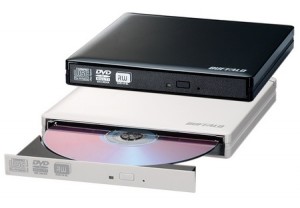How would you go about finding/accessing primary source materials on laws about mental illness in 19th century Britain, education in India under colonial rule, or the life of Mary Kingsley, who, in the 1890s, explored Western Africa? Our library collection is pretty amazing and diverse, but so are the research interests of our faculty and students. Thanks to Vassar’s membership in the Center for Research Libraries, students working on these topics had easy access to newspapers, political documents, maps, and reports that the Vassar Libraries did not own. The Center for Research Libraries (CRL) collects and loans rare and expensive collections (in print, microfilm and online), thereby affording access to materials that otherwise would be unavailable to scholars at most college libraries. Sample collections cover US and foreign newspapers, NGO and government documents relating to human rights, Arabic manuscripts, and church records.
All materials available from CRL, irrespective of document type, may be borrowed via interlibrary loan. Please review the following information before making requests.
1. To identify materials at CRL, search the CRL online catalog. Not everything in the CRL collection is cataloged. If you can’t find what you are looking for, contact a research librarian and we’ll find out whether or not the material is available.
2. Requests can be made in two ways. CRL records are included in the ConnectNY catalog. Order CRL materials you find in CNY the same way you request other ConnectNY books. If you’re ordering via ILLiad, use the book form and use the NOTES field to say you found this item at CRL. Most items in the CRL Catalog list an OCLC number at the top of the record; including this number in the OCLC # field will expedite your request.
3. If you’re ordering multiple reels of microfilm via ILLiad, specify the date range in both the DATE and NOTES fields. You’ll need to check out and return all the reels at the same time. If you’re ordering multiple reels via ConnectNY, you must order each reel separately, and the reels need not be returned together.
4. The loan period for CRL materials is 3 months.
5. If you have any questions about finding materials in CRL, ask a research librarian. Contact the Interlibrary Loan department for questions about placed orders.



 circulation desk to check the lost and found (be prepared to describe valuables). This week’s treasures include keys, glasses, umbrellas, textbooks and other tomes, clothing, jewelry, and even a laptop.
circulation desk to check the lost and found (be prepared to describe valuables). This week’s treasures include keys, glasses, umbrellas, textbooks and other tomes, clothing, jewelry, and even a laptop. 

